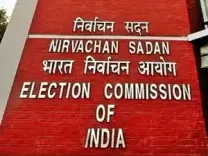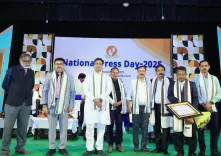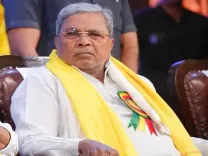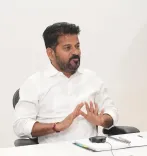Did the Cabinet Approve 57 New Kendriya Vidyalayas with Over Rs 5,862 Crore Outlay?
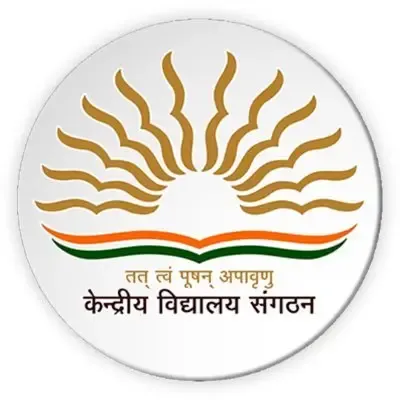
Synopsis
Key Takeaways
- 57 new Kendriya Vidyalayas approved for establishment.
- Financial outlay of over Rs 5,862 crore.
- Expected to benefit 86,640 students.
- Creation of approximately 4,617 direct jobs.
- Initiative aimed at enhancing educational infrastructure nationwide.
New Delhi, Oct 1 (NationPress) In a significant move to support the educational aspirations of the children of Central government employees, the Cabinet Committee on Economic Affairs, led by Prime Minister Narendra Modi, has given the green light to establish 57 new Kendriya Vidyalayas (KVs) throughout the nation. This initiative comes with a substantial financial commitment exceeding Rs 5,862 crore, allocated over a span of nine years starting from 2026-27.
This funding comprises an estimated Rs 2,585.52 crore for capital expenses and about Rs 3,277.03 crore for operational costs.
Out of the 57 new KVs, 20 will be located in districts currently lacking a KV, despite a considerable presence of Central government employees.
Additionally, plans include the establishment of 14 KVs in Aspirational districts, 4 KVs in areas affected by left-wing extremism (LWE), and 5 KVs in the North Eastern Region and hilly regions.
This new initiative, paired with the prior approval of 85 KVs, addresses the increasing demand for KVs while ensuring balanced growth across the country.
The CCEA has given its nod to seven KVs sponsored by the Home Affairs Ministry, while the remaining 50 will be managed by state and UT authorities.
To implement this project, an administrative framework will be established, necessitating the creation of positions in line with the standards required to operate a fully functional KV with a capacity for approximately 1,520 students. This development is expected to benefit 86,640 students, according to the CCEA.
A fully operational KV, which caters from Balvatika through to Class 12, provides job opportunities for 81 individuals. Therefore, with the addition of 57 new KVs, around 4,617 direct permanent jobs will be created.
Moreover, the construction and related activities for enhancing various facilities across the KVs are anticipated to generate employment for numerous skilled and unskilled laborers.
The inception of the KV scheme dates back to November 1962, aimed at offering standardized educational resources nationwide for the children of both transferable and non-transferable Central government employees, including those from the Defence and Paramilitary sectors. Consequently, the Central Schools Organisation was established as part of the Ministry of Education.
Currently, there are 1,288 operational KVs, including three located abroad in Moscow, Kathmandu, and Tehran. The total student enrollment stands at approximately 13.62 lakh as of June 30.





